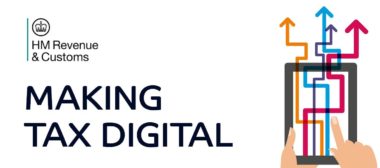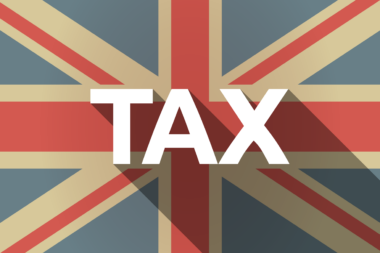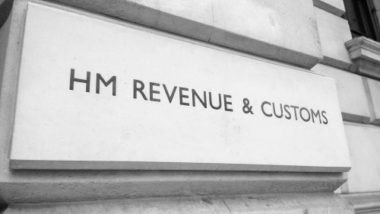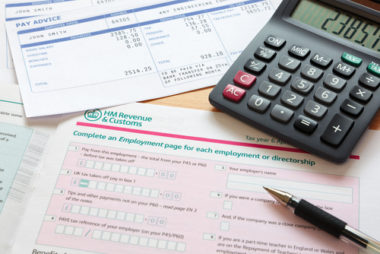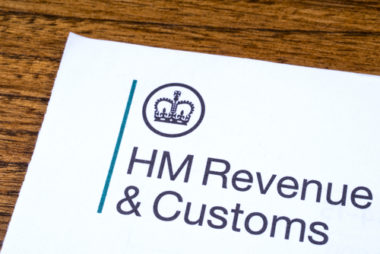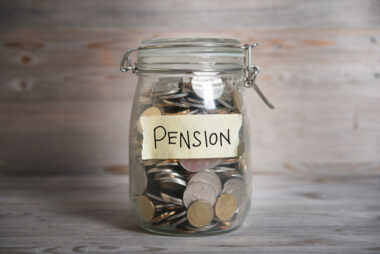
Many employers have a social event for employees around the Christmas period. This may take the form of a Christmas party or dinner or another social event, such as wreath-making and cocktails. When planning the event, it is important to consider the tax and National Insurance implications up front. Although there is a specific tax exemption for annual parties and other functions, there are conditions that must be met for the exemption to apply. Ensuring that your Christmas event meets these conditions at the planning stage will prevent employees being hit with a tax charge on the associated benefit.
Conditions
To qualify for the exemption, the party or function must be:
- an annual party or function; and
- available to the employer’s employees generally or to those at a particular location.
Where there is a single annual party or function in the tax year, the cost per head must not exceed £150. Where there is more than one annual party or function in the tax year, the combined cost must not exceed £150 for all events to fall within the scope of the exemption. The cost per head is found by dividing the total cost of the party or function plus the cost of any transport incidentally provided by the total number of attendees (employees plus guests).
Watchpoints
Only annual events qualify for the exemption. As the name suggests, these are events that are held every year, such as an annual staff Christmas party. If the event is a one-off event, the exemption will not apply. This is the case regardless of whether the event is open to all employees and the cost per head is not more than £150.
To fall within the exemption, the event must also be open to all employees or all those at a particular location. HMRC have confirmed that departmental events qualify. However, an event for senior staff only would not fall within the scope of the exemption.
When calculating the cost per head, VAT is included even if this is subsequently recovered. It is also important to include guests as well as employees when performing the calculation. However, if the cost per head is more than £150, the full amount is taxable, not just the excess over £150. Where an employee brings a guest and the cost per head exceeds £150, the employee will be taxed on their attendance and that of their guest.
If there is more than one annual function in the tax year, the functions will be exempt as long as the combined cost per head is not more than £150. Where this limit is exceeded, the employer can choose how best to use the exemption. When allocating the exemption, remember to consider the impact of guests – it is better to leave an event costing £100 per head attended only by employees in charge than one costing £80 per head which is attended by employees and their partners as here the taxable amount will be £160 (2 x £80).
Consider a PSA
If a tax charge does arise in respect of a Christmas event, as will be the case, for example, if the event is not an annual event, the employee will suffer a benefit in kind tax charge. The taxable amount will be the cost per head for the employee and any associated guests. The employer will also suffer a Class 1A National Insurance charge.
To maintain the goodwill element of the event, the employer may wish to include the benefit within a PAYE Settlement Agreement and meet the associated tax liability on the employee’s behalf.

